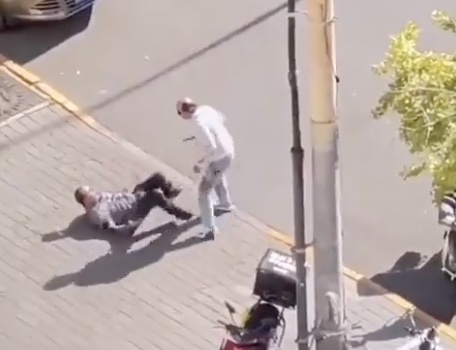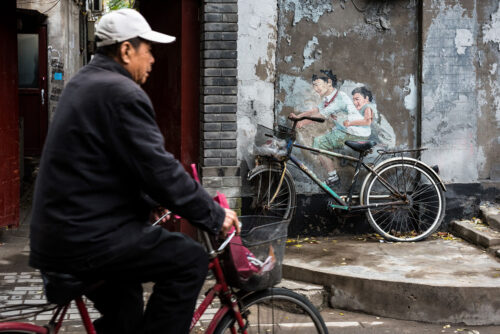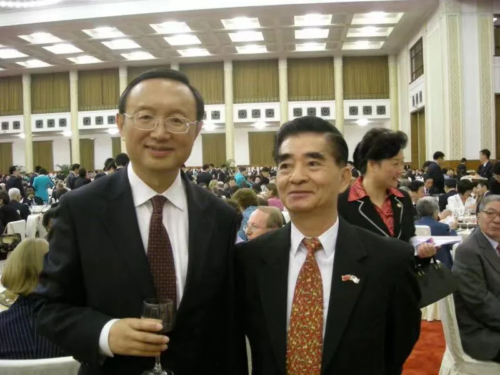‘Greener than expected’: Noticing the overlooked color of Beijing in summer
Popular perception of Beijing, for those who have never visited, is that it is a drab city of gray concrete and red paint. But perceptions can fall out-of-date for a place that changes so quickly — from year to year, and even season to season.
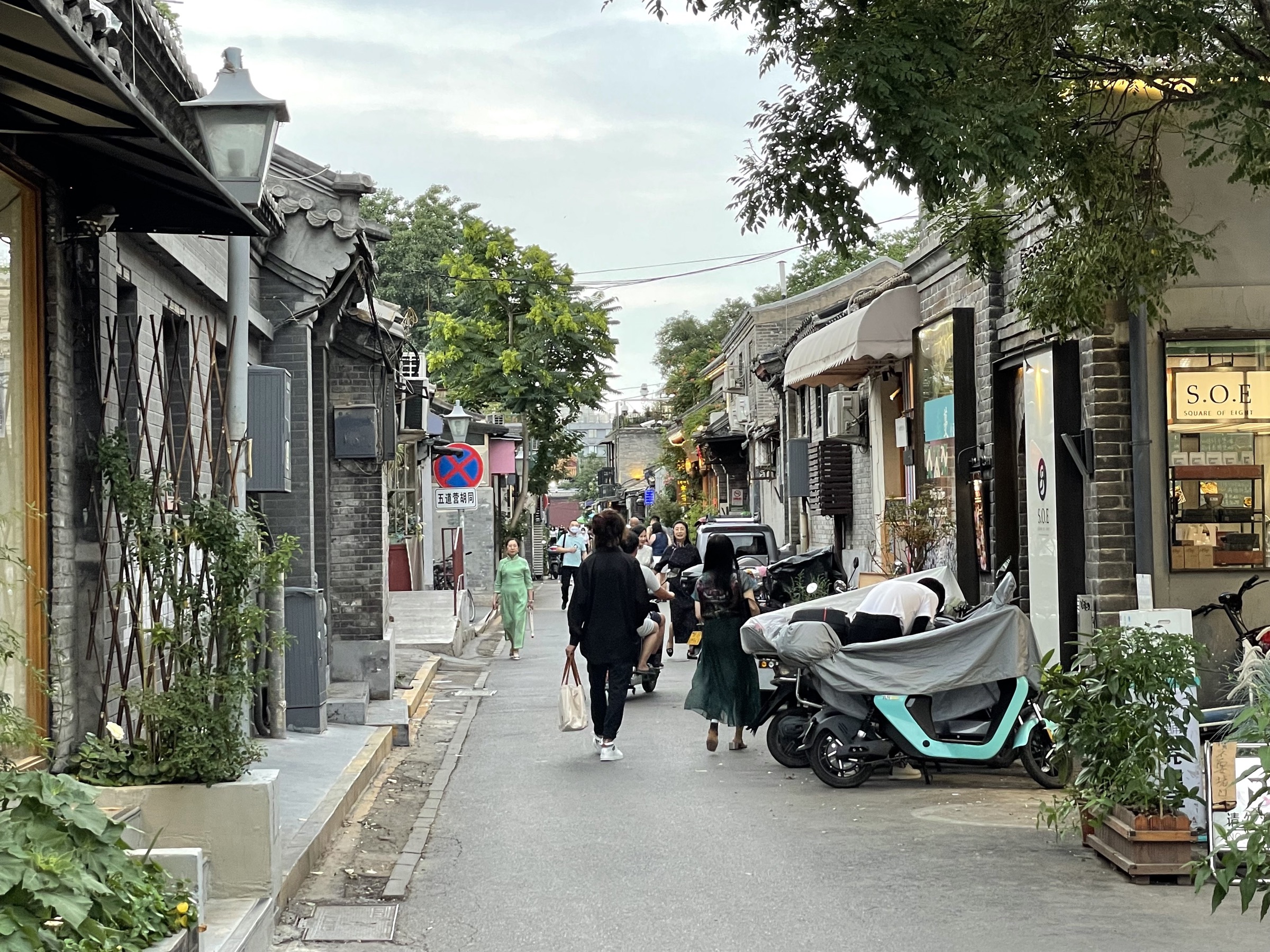
I recently visited the Temple of the Earth in Beijing with a good friend on a hot and humid July afternoon. After strolling for a few minutes, we found a shady bench to hide from the heat. My friend asked me, “After one year living in Beijing, what has surprised you the most?”
For someone from an American suburb, this city has at times felt like another planet. I thought about all the differences between the life I live now and the life I lived before and recalled my first shock after arriving in Beijing: “This city is greener than I expected.”
The Beijing I expected is the one often depicted in Western movies — from historical ones like The Last Emperor to contemporary films such as The Martian — and history textbooks: a city made of gray brick buildings divided by gray concrete roads. The gray is interrupted by relics of the past painted in deep red. Red and gray. That was my color palette for Beijing. I think it is the color palette many in the West associate with Beijing. When I asked five American friends back home to say the first color that comes to mind upon thinking about Beijing, they all said either red or gray.
But I realized this impression was lacking immediately after arriving here last August. Due to pandemic policies, I needed to stay in a hotel next to Chaoyang Park. On my first day I set out in my sneakers to run on the trails in the park. But it was a poor workout: I was too captivated by the scenery around me all awash in green. Every few minutes I stooped down to investigate the leafy weeds on the ground or admired the canopy of tree branches overhead. This was my first glimpse of Beijing in the summer.
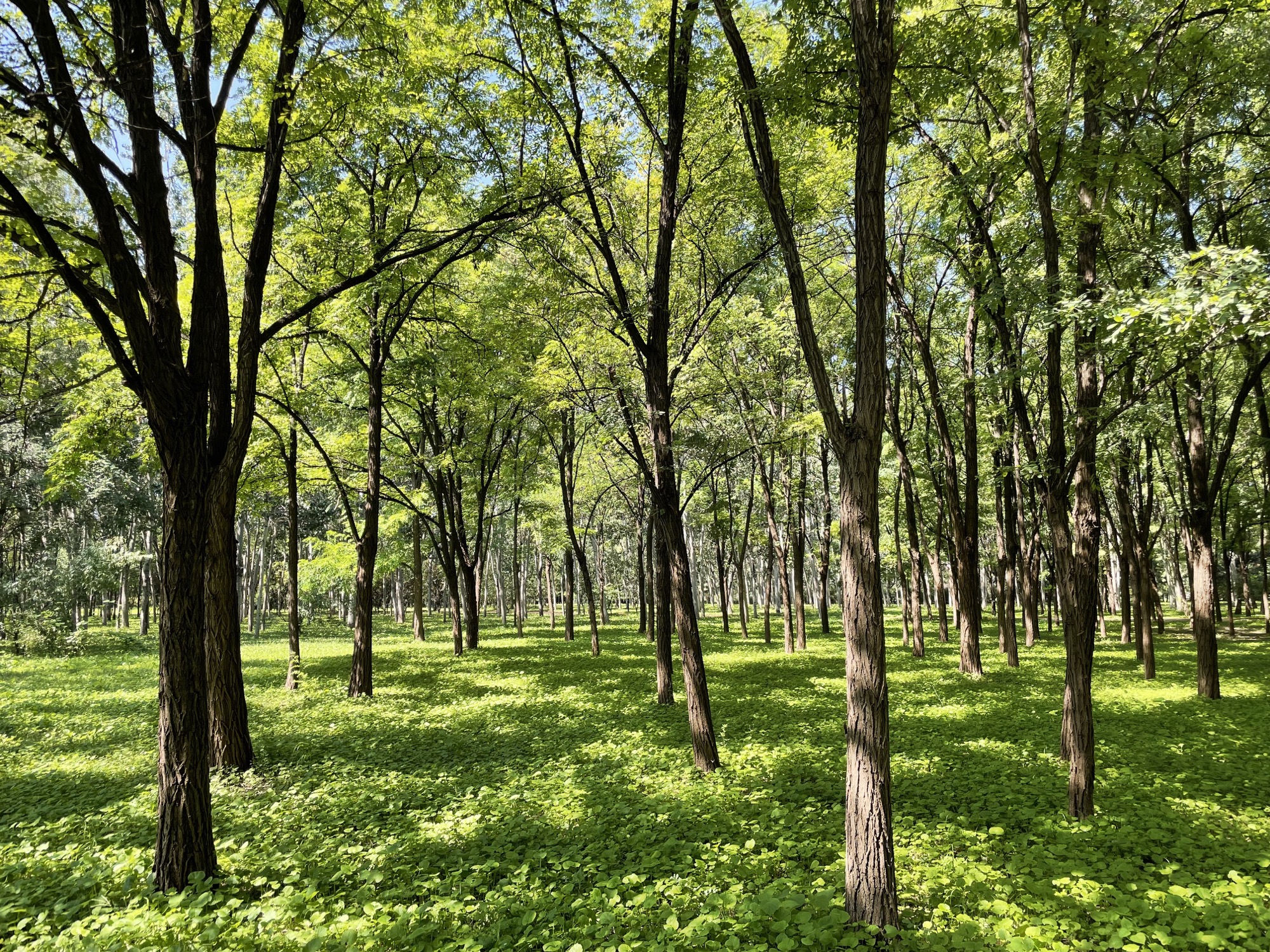
For five months of the year, from May to September, this city is brilliantly green. Beijing’s green space per capita is similar to cities like Denver and greater than New York. It could become even more green in the future, as China’s most recent Five-Year Plan calls for further increases to green spaces in cities across the country. “Since 2001,” the New York Times notes, “China has nearly quintupled the acreage of public green space in its cities, according to data from the country’s Ministry of Housing, Urban and Rural Development.” My conversation with my friend reminded me just how different this was from my original expectation.
It is well known that prior to 2000, Beijing rapidly urbanized to accommodate an exploding population and economy. This resulted in a city with a host of environmental problems as well as a green coverage rate far below cities in developed countries.
But starting in the 2000s, Beijing quietly prioritized green spaces to help address urban environmental issues. The decade between 2008 and 2018 was particularly active, with the city tripling its green park space. Reports from 2016 show plans to plant millions of trees in targeted areas such as along roads, waterways, and within parks. Many of the trees I see in Chaoyang Park are the result of this greening effort.
In addition to aesthetic value, Beijing’s push to increase green space also provides utility. This region of China is notorious for being hot and humid during the summer, and urban greenery has been shown to provide a cooling effect for cities. The conversation I had with my friend in the Temple of Earth probably would not have occurred without the shade that allowed us to sit comfortably. Over the several hours we chatted, the sun moved positions in the sky but was always blocked by the dense canopy above us.
More than just building traditional parks, Beijing weaves greenery into the existing structures of the city. Many streets are lined with trees that create a tunnel for cars and bikes to pass through. In the evenings, I often take walks or runs along the waterways, which are flanked by cascading willow leaves. I dodge groups of women dancing in unison and children waving neon sticks. Occasionally I pass a saxophonist performing a jazz solo. Under these willows are the sights and sounds of Beijingers being active outside. This was the intent of Beijing’s recent city planners: to improve the health of residents.
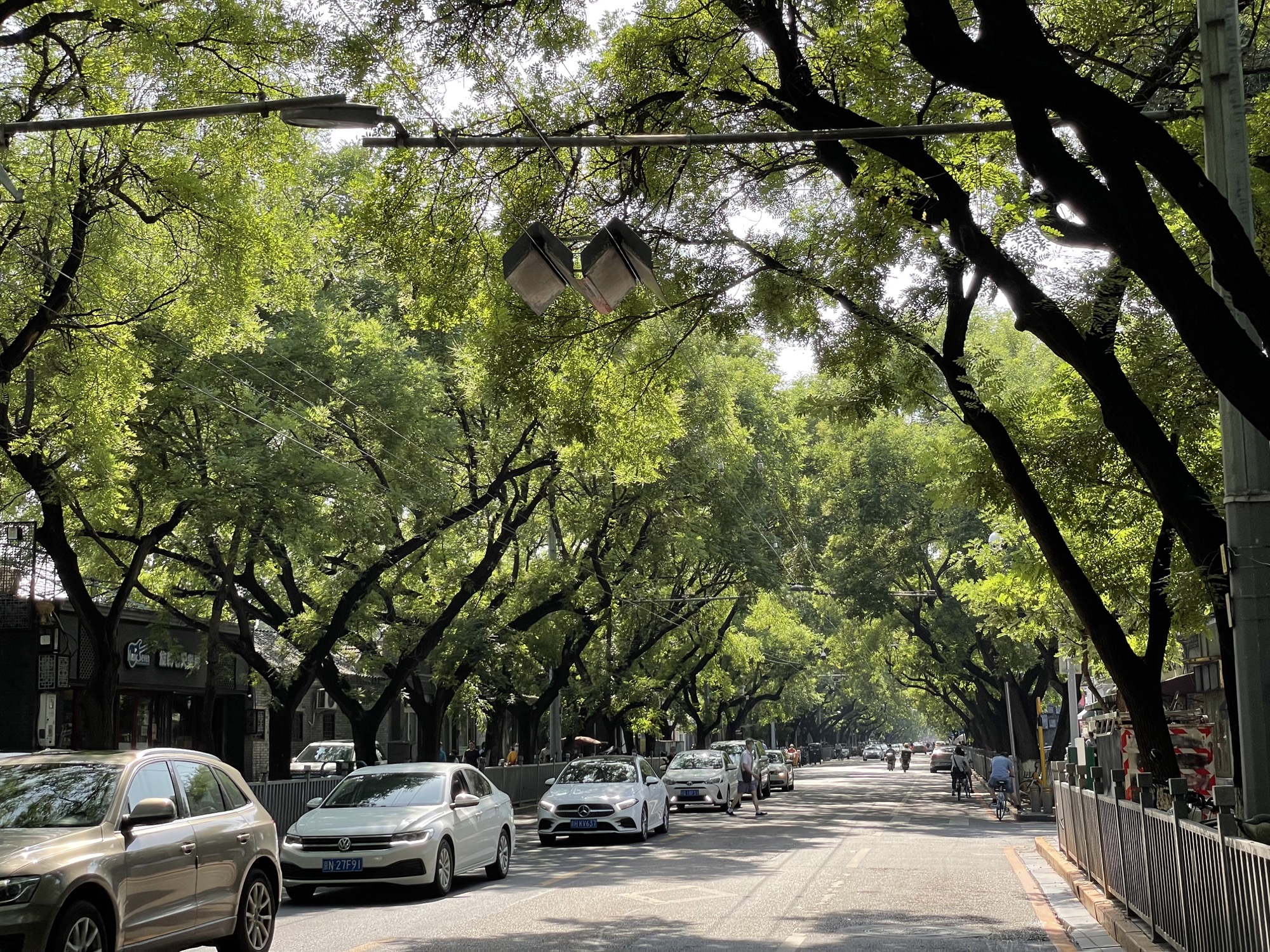
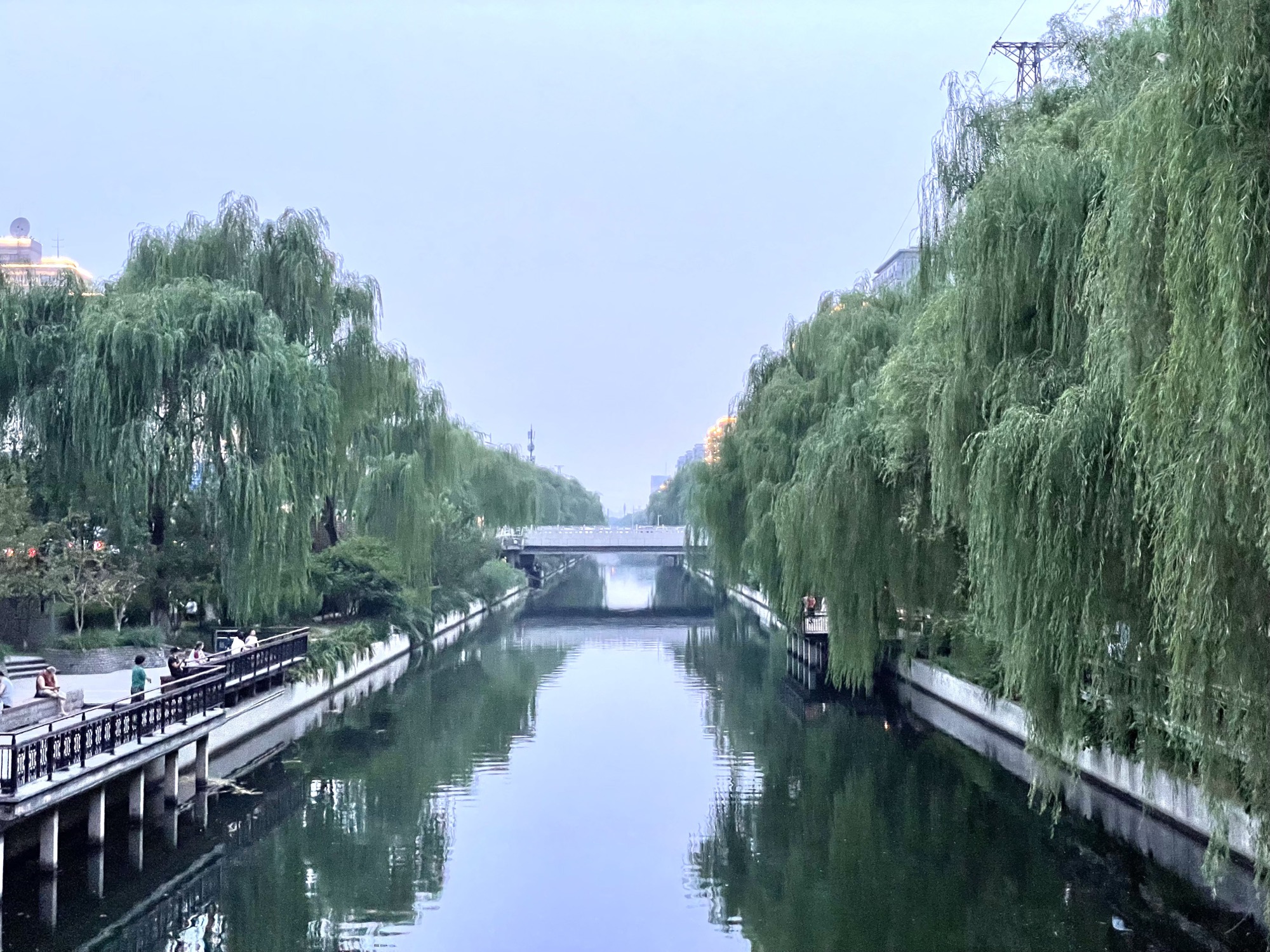
But it’s not just city planners making public areas of Beijing greener. Residents and shop owners also find ways to add green into their homes and communities. I see this clearly in the gray hutongs that are covered in fresh vegetation during the summer. Walking down these ancient alleys, I occasionally duck under leafy vines and branches. When I peek through open doors I see courtyards with small trees and bushes. Residents have placed pots and planters all throughout the hutongs. They constantly prune and water these plants, creating a lovely green space for no one other than themselves.
Traditionally, red paint is used to decorate these old buildings. Red doors, red fences, and red columns liven up the gray bricks. However, in the summer, bright green leaves become the most eye-catching adornment. In some places, the leaves cover up chipped paint and cracks in the wall. The plants become part of the building. Vines look like clotheslines, stretched between walls as if waiting for residents to hang their freshly washed clothes.
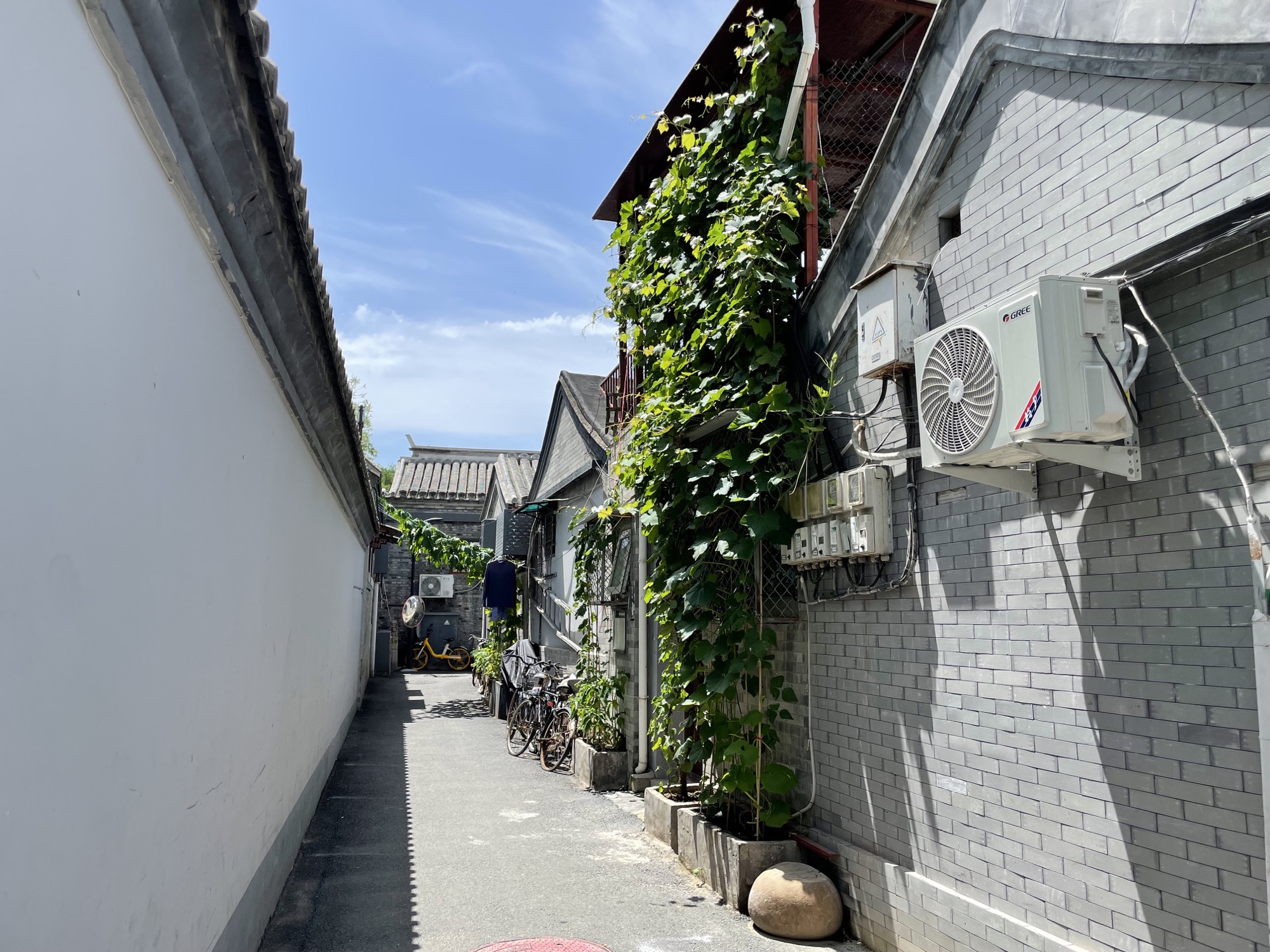
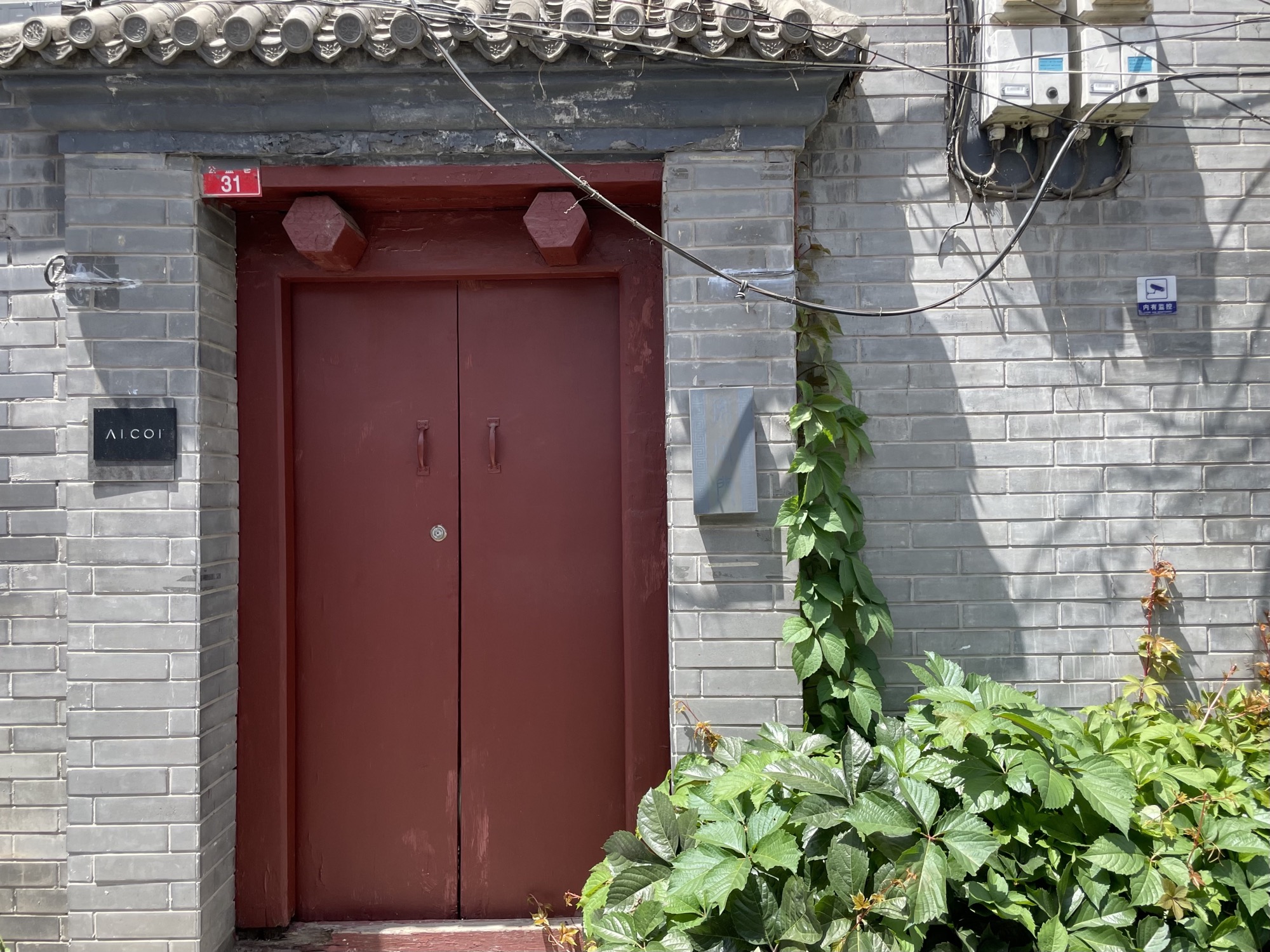
And then there is the greenery beyond the city center. Within Beijing’s jurisdiction are rural farmlands, natural conservation sites, mountains, and lakes. In fact, most of Beijing is rural, with the largest land type being woodland.
One of my biggest surprises came during my first trip into rural Beijing last year to Dog Tooth Mountain, named for the jagged ridge hikers climb to reach the summit. Traveling there, I found myself on narrow roads weaving through valleys covered in vegetation. It reminded me of national parks I had visited in the U.S. There were steep cliffs characteristic of western U.S. national parks, and rich green foliage like the kind seen in the eastern states. Each time I take a trip into the mountains, I feel like I’ve teleported somewhere else, perhaps back home.
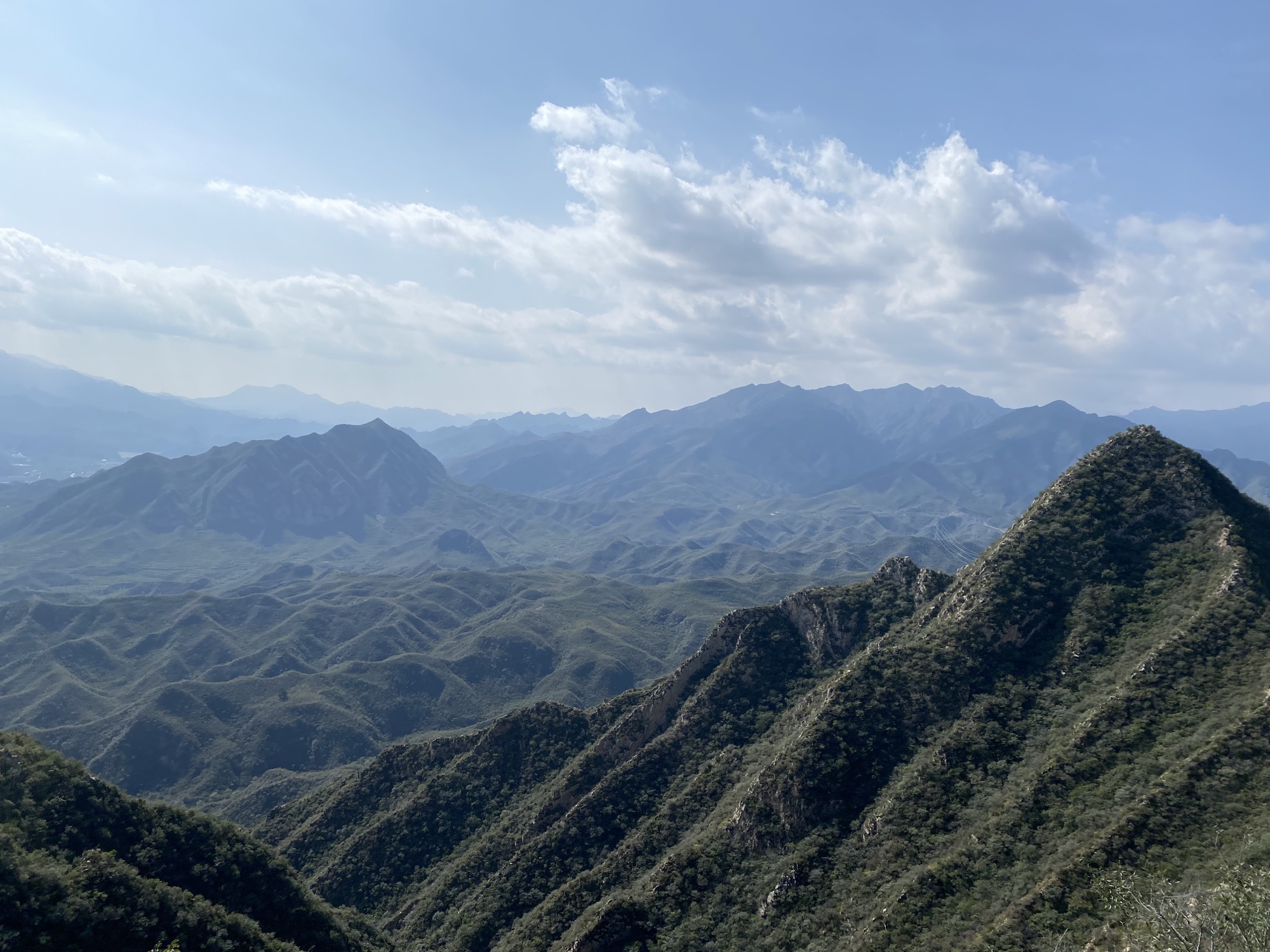
Speaking as someone from the U.S., Beijing is a city everyone knows but few have seen. It is famous for its history, the seat of power for emperors and the starting ground of revolutions. It is the beating heart of modern China’s political, academic, and economic institutions. It is also where I have lived for the past year.
After responding to my friend’s question in the Temple of the Earth, I could not help but smile from having found such a simple answer. In the summer, Beijing turns green. As we finished our conversation and walked toward the exit, I looked a bit more closely at the stones we walked over and the students taking graduation photos nearby. I wondered what other colors I had overlooked.

